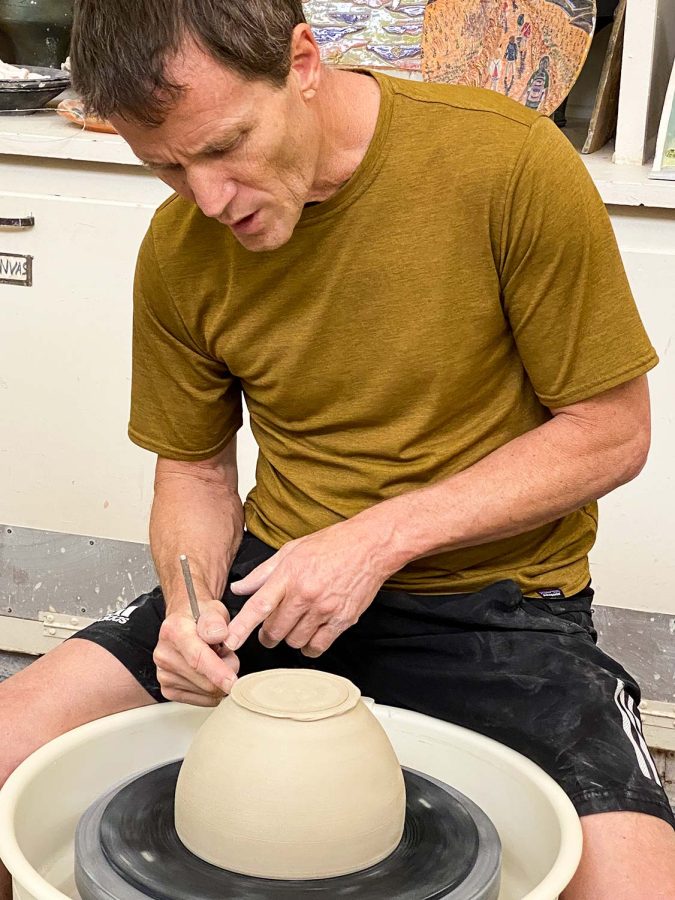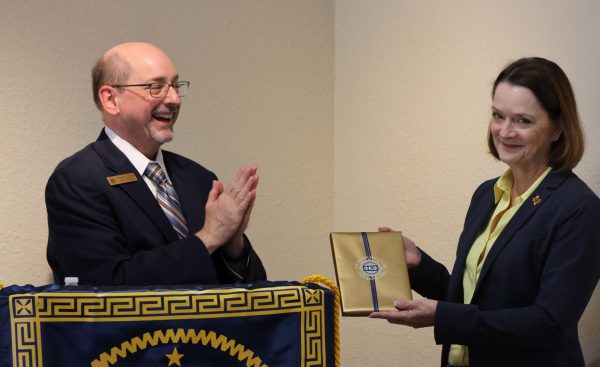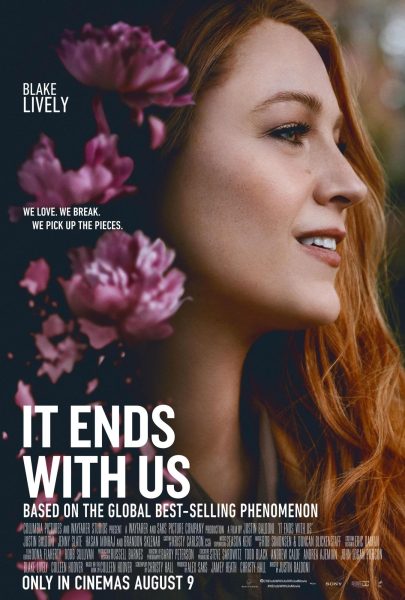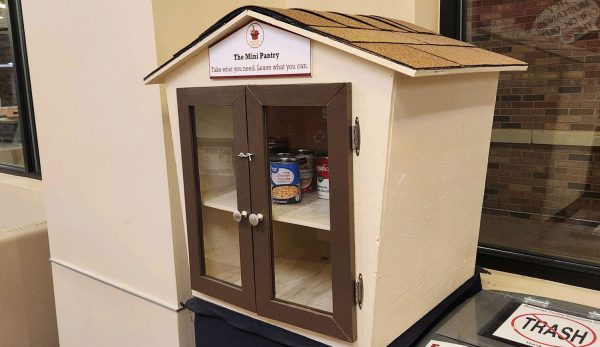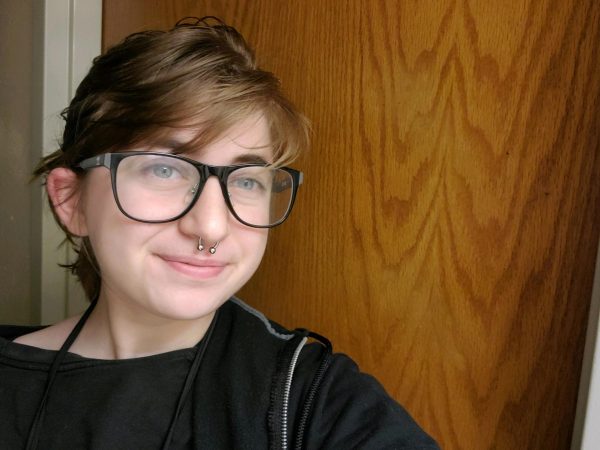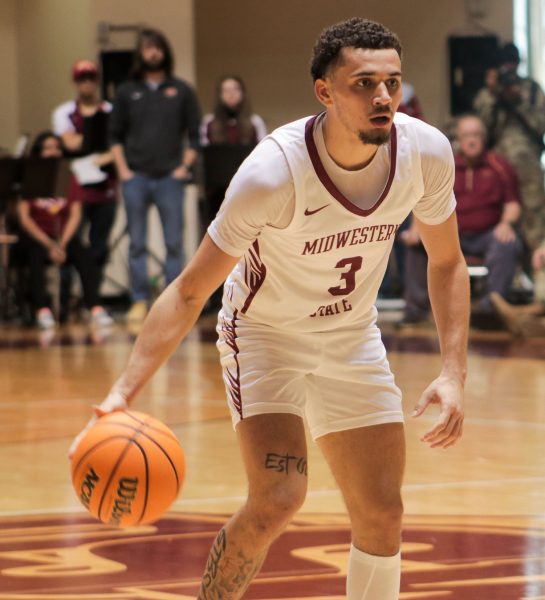Ceramics professor Steve Hilton inducted into the International Academy of Ceramics
After being nominated by fellow co-workers and vetted by members of the International Academy of Ceramics, associate art professor, Steve Hilton was inducted into the IAC.
“They look at everything from your artwork, and your art practice; not just your aesthetic but your conceptual view of art and why you make the work that you do. They view your involvement in the ‘clay world’ nationally and internationally, and what you are able to bring to the organization to make it better,” Hilton said.
After spending nine days in Geneva, Switzerland this September, Hilton was officially initiated into the organization. His art was displayed in one of the fifty exhibitions in the city held by the organization along with work of the other hundreds of artists there.
“Each one of us had a piece of our work in one of the 50 exhibitions the organization put throughout the city. I have to say, having your name on a list is cool but – the best thing about being in this organization was the cross pollination with the other artists. In total, there were over 600 other artists from all over the world. There were people from Taiwan, China, Singapore, Turkey, Africa, Europe, Latin America and several states across the United States. It was fascinating to see the different influences of culture and society depending on where you’re from, in everyone’s work,” Hilton said.
Hilton’s original college degree is in geology. After quitting his teaching job at a local high school, Hilton and his wife then went on to teach snowboarding in Colorado. Ironically, Hilton never considered himself to be an artist, and it wasn’t until his wife encouraged him at the age of 40 to get his master’s degree in ceramics that he came to the conclusion that ceramics was his passion and a path he wanted to follow for the rest of his life.
“I found ceramics through throwing pots. The pottery teacher at the high school I taught at kept asking me to come and make bowls with her and for me at the time, that was the last thing I wanted to do, I was too ‘busy’, and she told me once that I’d never have to buy another Christmas gift and that’s eventually what made me give in. Next thing you know, I was addicted to putting clay on a thing that spun around and around and around. I had never considered myself an artist until recently. Even if you would’ve asked me a few years ago, I would’ve told you no, I just make pots. Stepping foot on at Arizona State, getting my MFA, really pushed me to call myself an artist, I had to be an artist to be in a program like that and do what I was doing,” Hilton said.
Hilton says he views his own work as process-oriented, noting that the process is the concept behind each one of his works. One of his main inspirations is people.
“At the end of the day, I want the object to be beautiful. What inspires me is that I think we are put on Earth for two things: To be kind and to teach people and I really think that’s what inspires me. Looking back after everything I’ve accomplished; I can say that grit is what’s gotten me here. That’s what gets me through every day is just perseverance and having grit, just knowing that either way you got to do it. Observing and hearing people’s stories also inspires me, hearing people’s stories and their backgrounds inspire me,” Hilton said.
Hilton, as an artist himself, hopes to inspire aspiring artists as well. At one point of his teaching career at MSU, Hilton says he practically lived here. An attribute of himself as an artist and educator that he says he’s proud of is always being available to help his students.
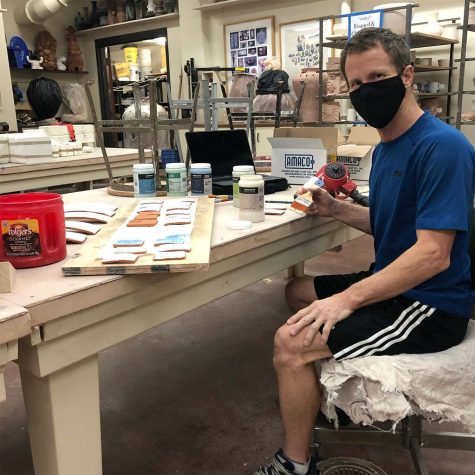
“If you were to ask a student of mine, a quality I possess, it would be, it doesn’t matter the time or if I’m walking out the door in that moment, if a student needs me, I’m going to help them. I actually lived in Legacy for four years and essentially, we lived here. We would get here at 7 a.m. and work until midnight, seven days a week. I take my students failure very personally, it hurts my heart if they fail, I want them to be as best as they can be,” Hilton said.
Hilton acknowledges his acceptance into being a member of the IAC, but more than anything, he said he wants to be able to impact the world around him.
“I love being a part of IAC, it’s one of my most major accomplishments, but what I’m really most proud of is having a resident artist program here that nine of my 10 residents have gone on after to full time teaching jobs. I was able to change nine lives that will change then thousands of peoples’ lives throughout their careers, The empty bowls program is catered to helping feed people, and with that, we’ve raised 700,000 dollars in 10 empty bowl events. That’s what I’m proud of. Impacting and helping people to go on and inspire more people,” Hilton said.

Hello! My name is Thalia Doe, and I am the Feature editor of The Wichitan. I am a Spanish and Mass Communication senior with a minor in broadcast journalism....



